Timeless Elegance in Kyoto – Where Fashion and Sound Tell the Story of Japan’s Past
Japan is a country where art, tradition, and elegance are woven together in ways few other cultures can match. Two of its most enduring cultural treasures are the kimono, the traditional garment worn for centuries, and gagaku, the court music performed since the Heian period.
When we think of Kyoto—the ancient capital and heart of Japan’s cultural identity—it is impossible not to imagine these two elements together. The rustling of silk kimonos in the Imperial Palace corridors, combined with the resonant tones of gagaku instruments, creates a world where fashion and sound tell the story of Japan’s past.
In this article, we will explore the fascinating bond between kimono and gagaku court music, their shared history, symbolism, and how visitors to Kyoto today can still experience this harmony of sight and sound.
Capture Your Kyoto Elegance
And if you want to immortalize your Kyoto experience in kimono with stunning photography, don’t forget to visit AllPhotos Kyoto for professional kimono photoshoots that capture your elegance against the city’s most iconic backdrops.
- 1. What is Gagaku? The Sound of Japan’s Ancient Court
- 2. The Kimono: Fashion as a Cultural Statement
- 3. Kimono and Gagaku: A Shared Aesthetic
- 4. Experiencing Kimono and Gagaku in Kyoto Today
- 5. Why the Kimono and Gagaku Still Matter
- 6. A Modern Take: Kimono and Gagaku in Pop Culture
- 7. Practical Tips for Visitors in Kyoto
- 8. The Perfect Kyoto Memory: Kimono Photoshoot with Gagaku Atmosphere
1. What is Gagaku? The Sound of Japan’s Ancient Court
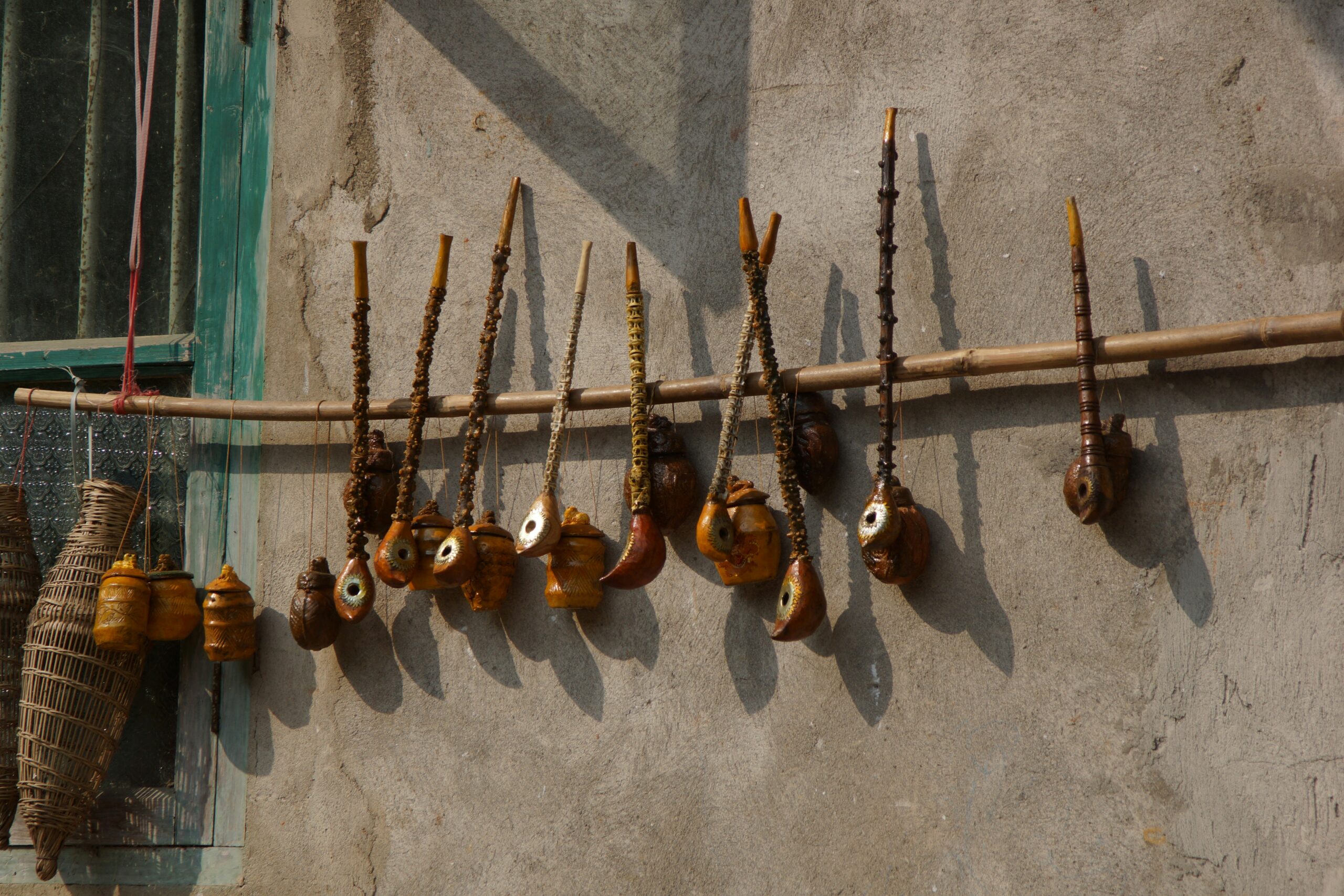
Traditional Gagaku Instruments: The elegant tools of Japan’s ancient court music
Gagaku (雅楽) literally means “elegant music.” It is the oldest form of orchestral music in the world, preserved and performed for over a millennium.
- Origin: Imported from China and Korea during the 7th century.
- Development: Refined and codified during the Heian period (794–1185) when Kyoto was Japan’s capital.
- Performance: Traditionally played at the Imperial Court, Shinto shrines, and Buddhist temples.
The gagaku ensemble features three main instrument groups:
- Wind instruments: Sho (mouth organ), hichiriki (double-reed flute), ryuteki (transverse flute).
- String instruments: Biwa (lute), koto (zither).
- Percussion: Taiko (drum), shoko (gong).
The sound is slow, meditative, and otherworldly—perfectly matching the refined and dignified atmosphere of the court.
2. The Kimono: Fashion as a Cultural Statement
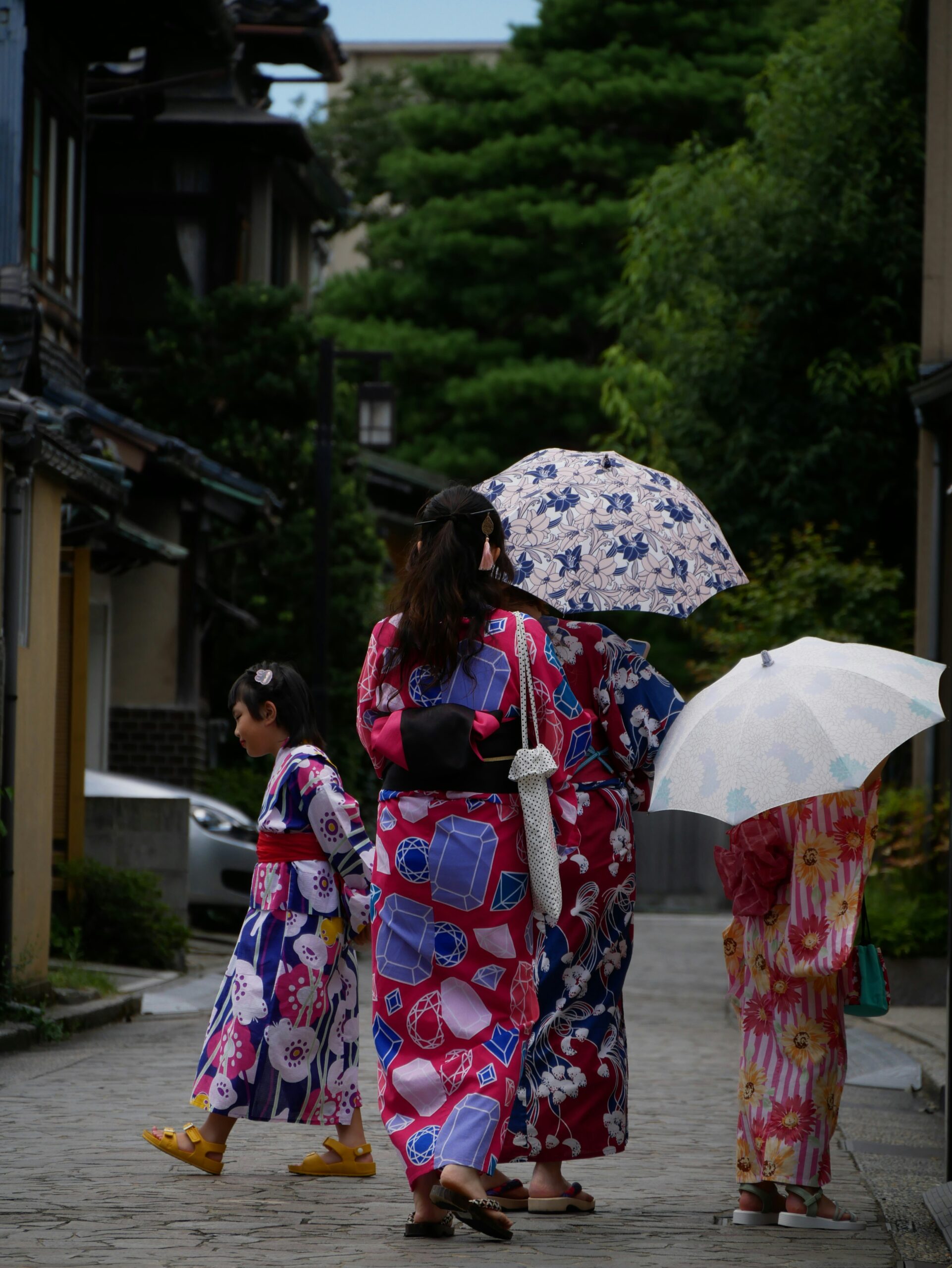
The Art of Kimono: Traditional elegance in modern Kyoto’s historic streets
While gagaku represents sound, the kimono represents the visual and tactile beauty of Japan’s culture.
- Heian Era Origins: The kimono style we recognize today has roots in Kyoto’s aristocracy during the Heian period—the same era in which gagaku flourished.
- Symbolism: Kimono patterns and colors often symbolize seasons, virtues, or social status.
- Connection to Ceremony: Kimonos are still worn at weddings, tea ceremonies, and shrine visits—often accompanied by gagaku performances.
For example:
- A white kimono represented purity at court rituals.
- A red kimono symbolized youthful passion and vitality.
- Seasonal motifs—like cherry blossoms for spring or maple leaves for autumn—showed sensitivity to nature.
3. Kimono and Gagaku: A Shared Aesthetic
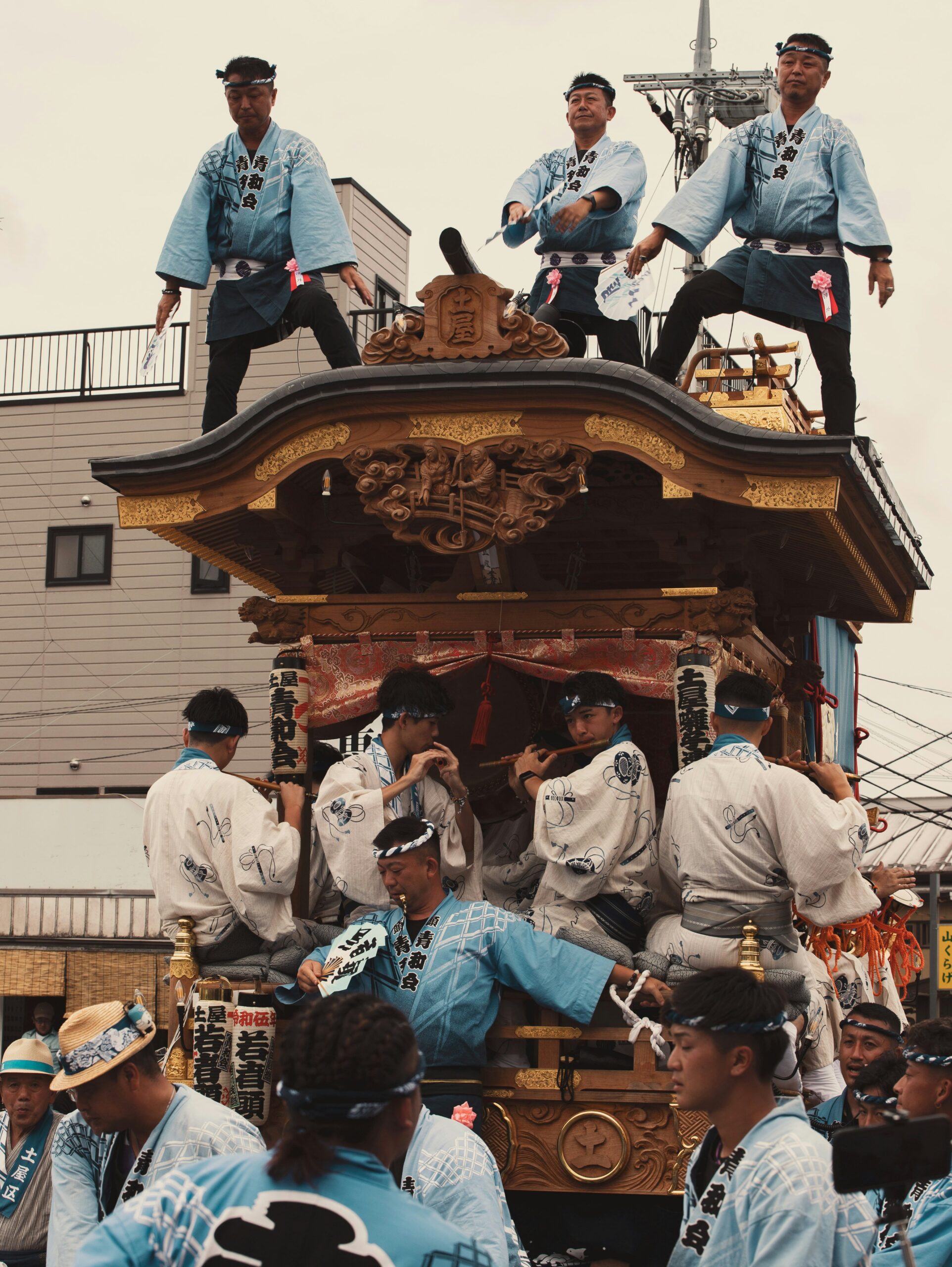
Gagaku Performance: Musicians in traditional ceremonial robes creating ethereal court music
The beauty of gagaku and kimono is that both embody Japanese aesthetics of harmony, restraint, and elegance.
- Performance and Costume: Court musicians often wore robes similar to the kimono, in layered colors symbolizing rank and occasion.
- Movement and Sound: The flowing sleeves of kimono moving gracefully echoed the long, sustained notes of gagaku instruments.
- Spiritual Depth: Both kimono and gagaku were seen not merely as fashion or entertainment, but as pathways to connect humans with the divine order.
In Kyoto, especially in shrines like Shimogamo or Kamigamo, visitors can witness rituals where priests and musicians wear ceremonial garments similar to ancient kimonos while performing gagaku.
4. Experiencing Kimono and Gagaku in Kyoto Today
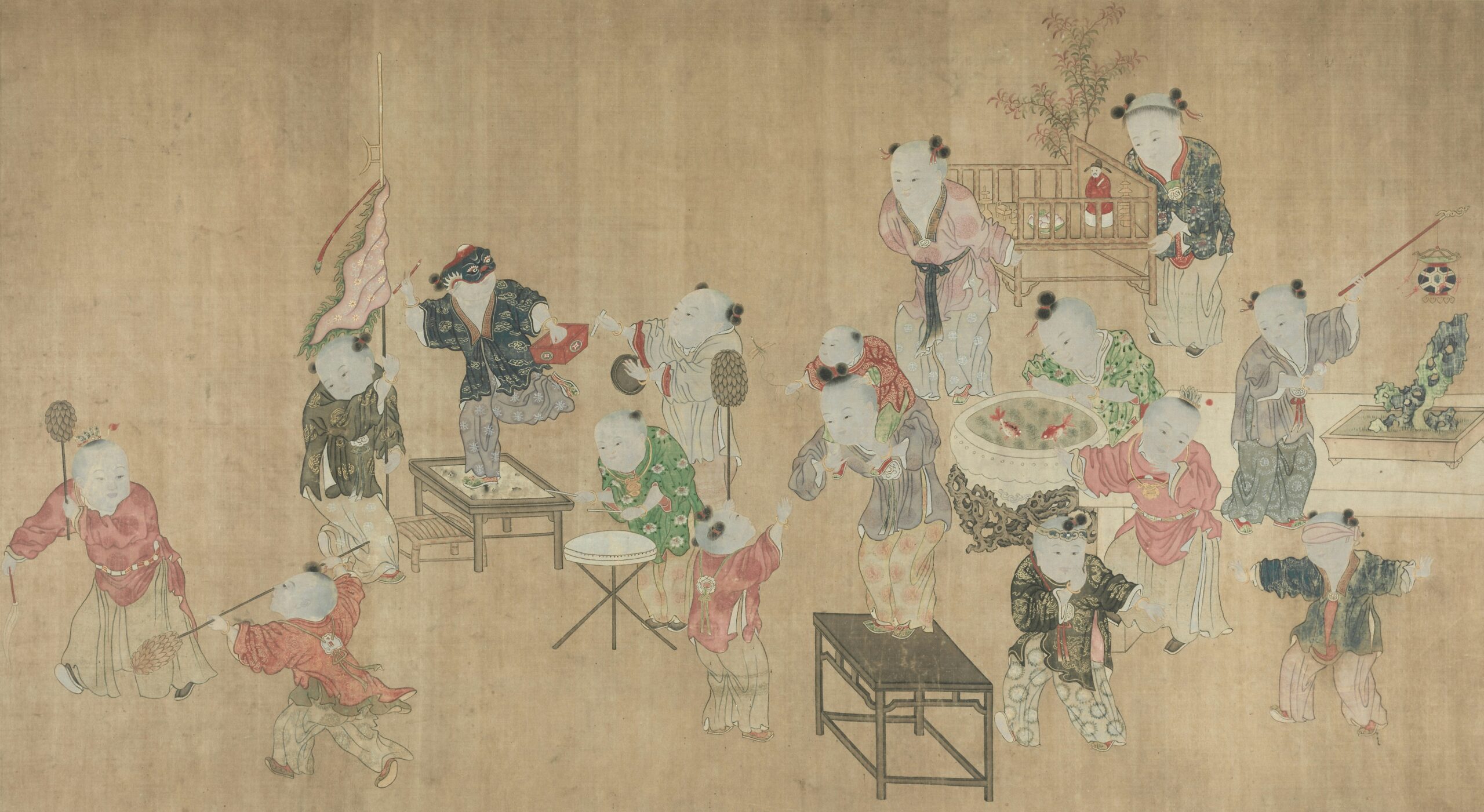
Heian Period Art: Ancient scroll paintings capturing the elegance of imperial court life
One of the most magical aspects of Kyoto is that you don’t need a time machine to witness this cultural pairing—it still lives today.
- Imperial Palace Kyoto: Seasonal ceremonies include gagaku music with participants in court attire.
- Heian Shrine: The annual Jidai Matsuri festival recreates Heian-period culture with parades of kimono-clad performers.
- Yasaka Shrine: During festivals, gagaku music accompanies traditional dance and religious rituals.
- Kimono Rentals in Gion: Visitors can rent kimonos and stroll through Kyoto’s historic districts while occasionally hearing gagaku performances during temple events.
Enhance Your Kyoto Experience
Enhance your Kyoto trip with a professional kimono photoshoot. Book your session at AllPhotos Kyoto and capture yourself in timeless elegance surrounded by the city’s temples and gardens.
5. Why the Kimono and Gagaku Still Matter
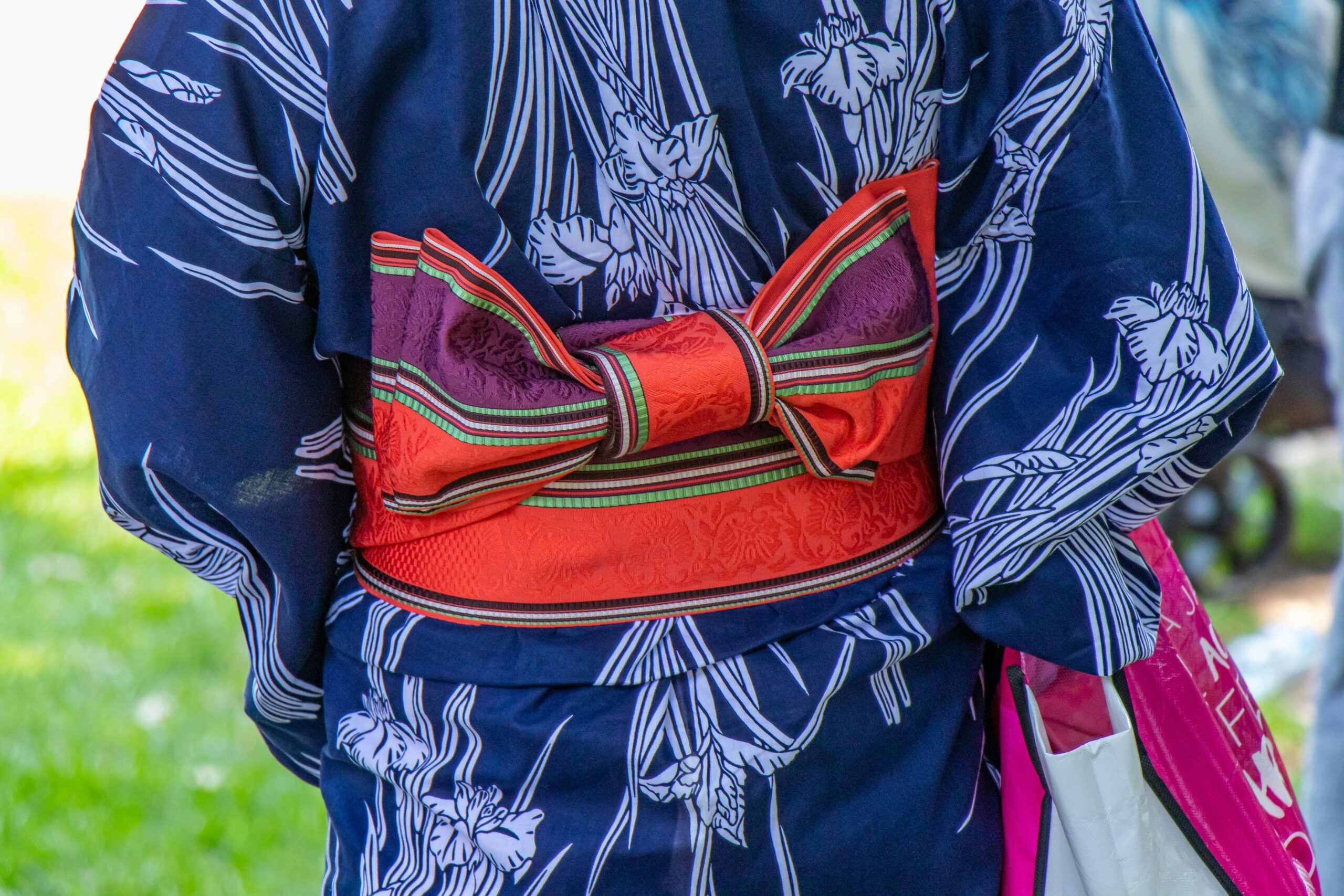
Seasonal Beauty: Kimono patterns reflecting Japan’s connection to nature
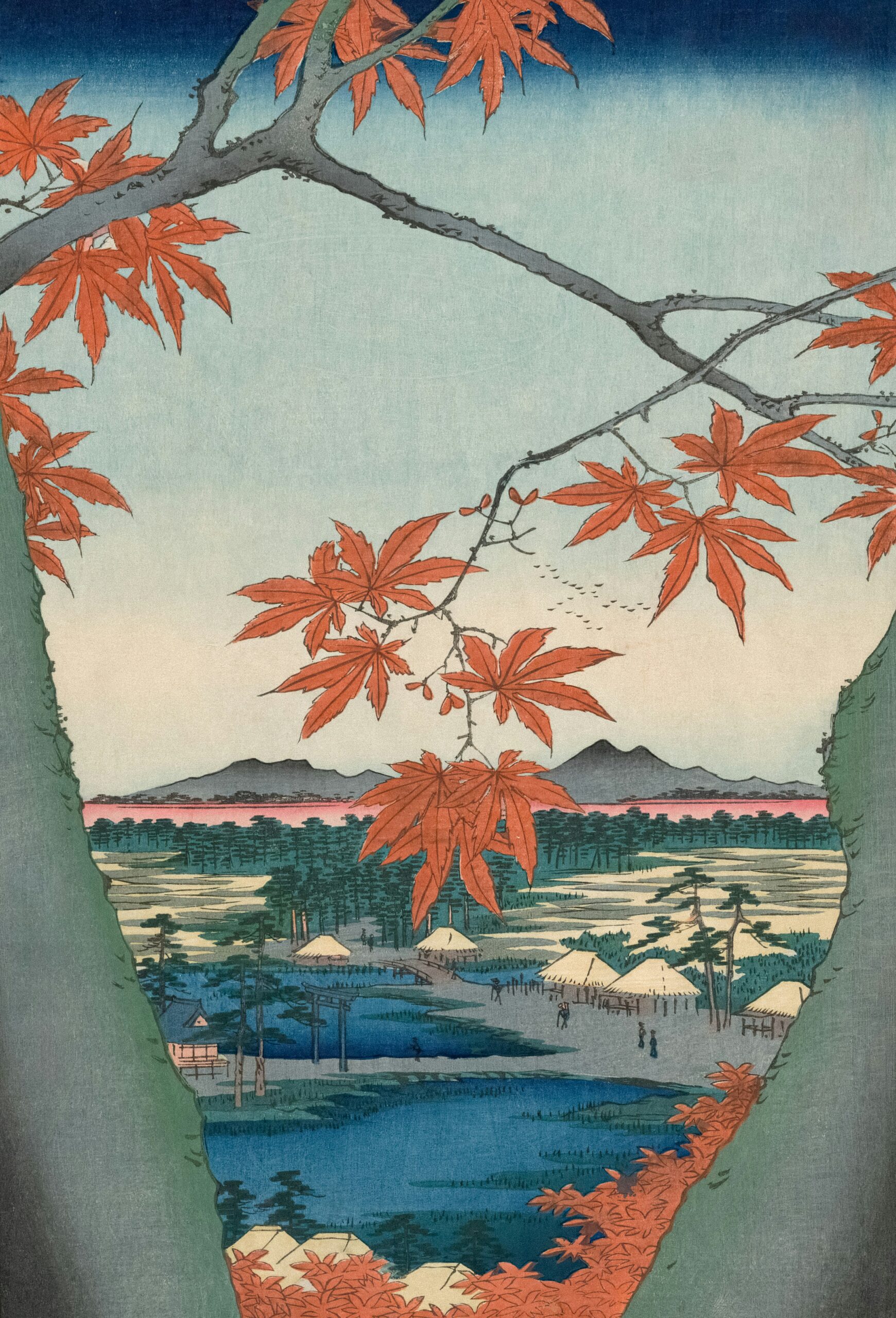
Spring Motifs: Cherry blossom patterns celebrating seasonal transitions
In a world dominated by fast fashion and digital sound, why do kimono and gagaku still resonate so strongly?
- Cultural Preservation: Both are living traditions passed down for centuries.
- Slow Art in a Fast World: They remind us to appreciate patience, detail, and subtlety.
- Spiritual Connection: Both link wearers and listeners to something greater—whether nature, history, or the divine.
By experiencing them together in Kyoto, one can feel Japan’s timeless spirit in its purest form.
6. A Modern Take: Kimono and Gagaku in Pop Culture
Interestingly, gagaku and kimono are not just relics of the past—they continue to inspire modern artists.
- Music: Some contemporary Japanese composers incorporate gagaku instruments into modern orchestral works.
- Fashion: Designers worldwide reinterpret kimono patterns for haute couture.
- Anime & Cinema: Films and anime set in historical Kyoto often feature gagaku music with kimono imagery, creating instant cultural depth.
This blend of ancient and modern ensures that both traditions stay relevant and admired.
7. Practical Tips for Visitors in Kyoto
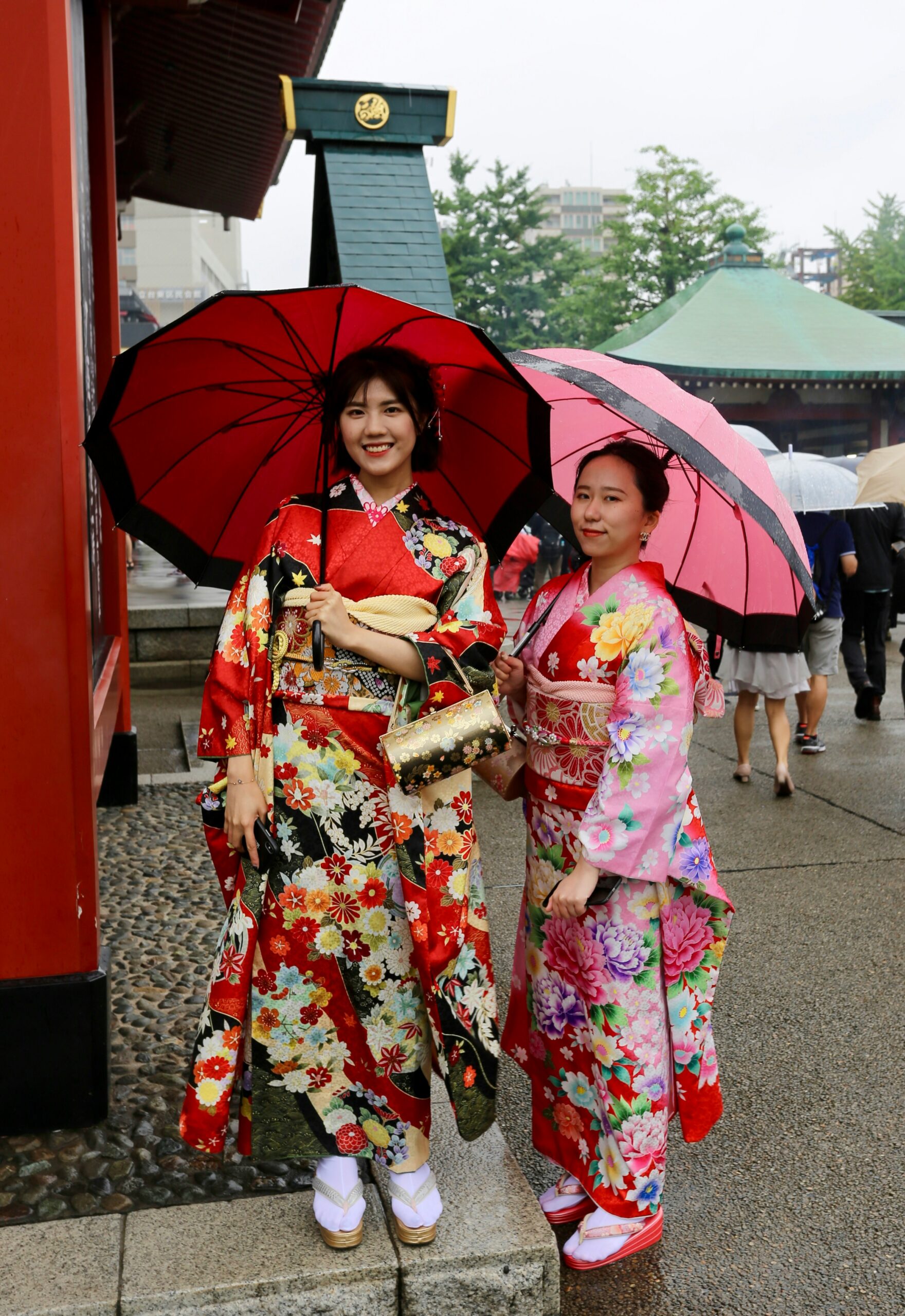
Cultural Immersion: Visitors experiencing Kyoto’s heritage in traditional kimono at Fushimi Inari
If you are visiting Kyoto and want to truly appreciate kimono and gagaku, here are some tips:
- Attend Festivals: Check Kyoto’s event calendar for shrines hosting gagaku performances.
- Kimono Rental: Rent a kimono for a day. It will give you a deeper appreciation for the art of dressing and help you blend into Kyoto’s traditional scenery.
- Photography: Hire a professional photographer to capture the moment—you will treasure these memories forever.
- Museums: Visit Kyoto National Museum, which sometimes exhibits Heian-period court garments and instruments.
8. The Perfect Kyoto Memory: Kimono Photoshoot with Gagaku Atmosphere
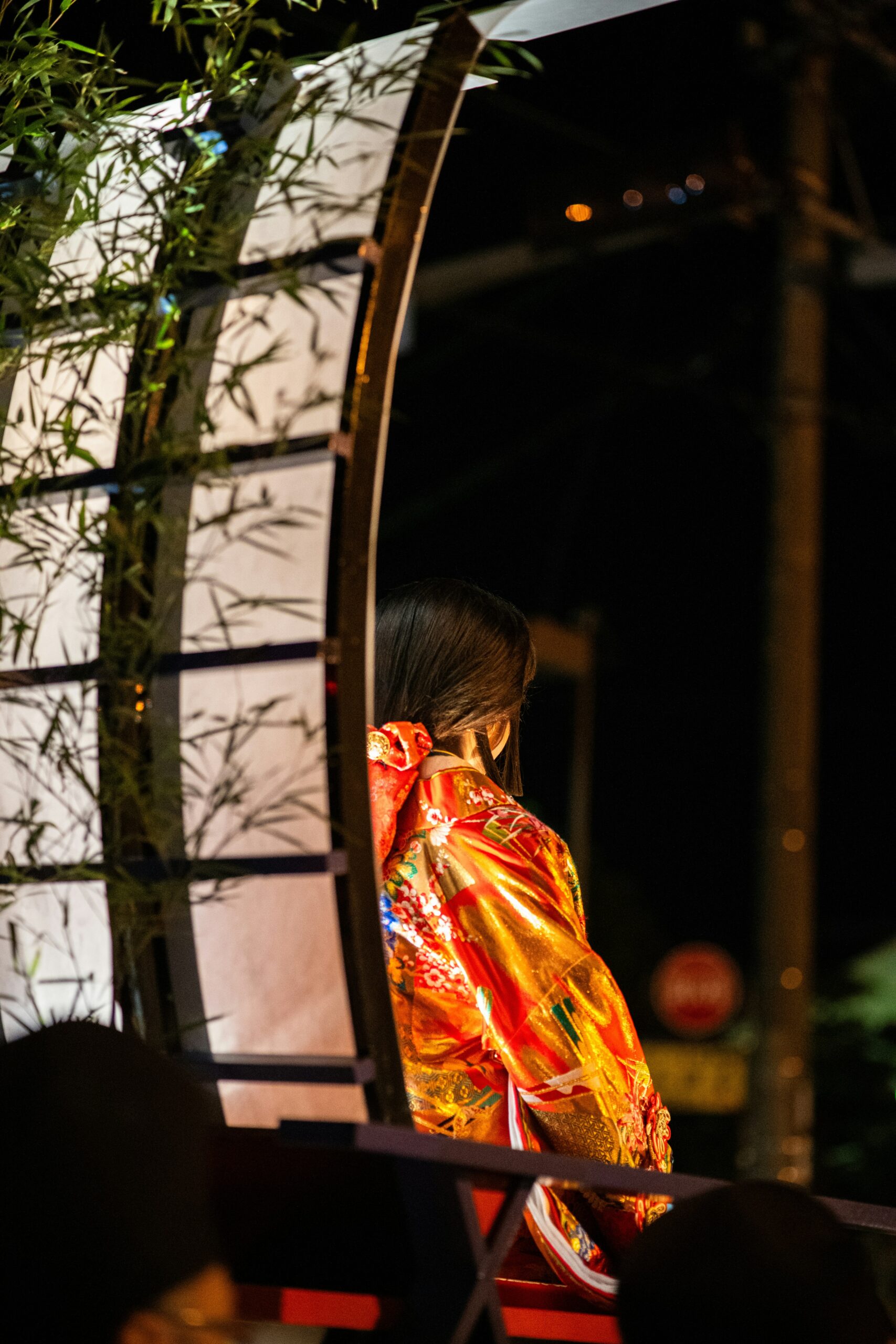
Living Tradition: Contemporary gagaku performance bridging ancient and modern Japan
Imagine this: You’re walking through the stone paths of Gion or the orange torii gates of Fushimi Inari Shrine, dressed in a colorful silk kimono. In the distance, you hear the soft, ancient sounds of gagaku music drifting from a shrine. The experience is unforgettable.
Create Lasting Memories
To make it truly yours, book a photoshoot with AllPhotos Kyoto. Professional photographers will capture your elegance in kimono against Kyoto’s timeless backdrops, creating memories you can take home forever.


コメント